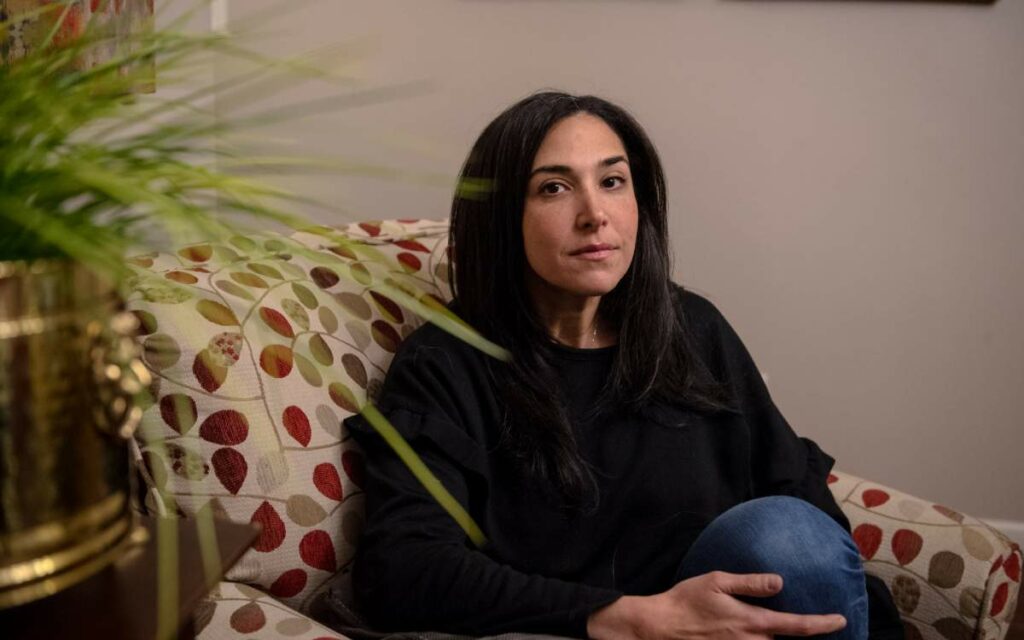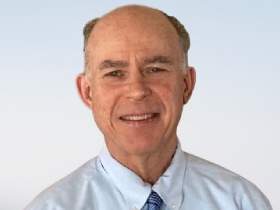
According to Newhouse (pictured), the primary ideological divide in American politics today is less about or between left versus right, or liberal versus conservative. It’s more about how people on either side prefer to address societal problems. One side wants to maintain the institutional status-quo while making incremental improvements. The other wants to tear the institutions down to their studs and rebuild. Photo credit: The New York Times/Hilary Swift
On a recent edition of Call Me Back, a podcast Dan Senor hosts, he invited Alana Newhouse, the founder of Tablet Magazine, to share her views about “brokenism”, a topic she tackled in a recent article. Newhouse’s contention in her piece focuses on this theme: The real debate today isn’t between the left and right. It’s between those invested in our current institutions, and those who want to build anew.
Reading and listening to Ms. Newhouse reminds me of a couple of times in my life when I have experienced the feeling of comfort, the one a person gets when understood, accepted, or feels like they belong. Newhouse’s assessment of where things stand today in society makes sense to me as much as they dishearten or trouble my spirit.
I grew up when our institutions largely worked, kept order, maintained the status-quo, and protected the rule of law. But I belong to a majority group. I am white, Christian, male, and heterosexual. For many, those advantages did not apply. Their interest in seeing these institutions expand their scope and consider other experiences gained mission as the previous century closed.
Since 2000 or shortly thereafter, beyond a sexual revolution that dominated the cultural landscape since the late 1960s, has now come an identity movement. The identity movement, like most ideas, arrived as the result of injustice, a pursuit of righting a wrong, or the need to address past grievances.
But as Newhouse reports upon writing her first article detailing the conflict between brokenism and “status-quoism”, she had an encounter with Ryan, a West Point graduate, combat veteran, and bi-racial member of a black multi-generational military family. This young man hit a nerve when he replied to her, “I don’t know what I identify as these days, because everything has gotten so scrambled. I’m not a Democrat or a Republican, I don’t even think I could define myself narrowly as either a liberal or a conservative anymore. The one thing I know that I fundamentally do believe is the premise of your piece, that the dominant institutions of American life—in education, in the arts, in politics—are either totally broken or so weak or corrupt that they’re becoming irrelevant. In a way, the only thing I know that I believe in is… brokenness.”
This tale of brokenness presents as real. The elite members of society largely ignore it or cannot relate to it. For everyday citizens, it speaks to a disconnect they feel with governments at all levels, academic institutions, churches, law enforcement, the media, and political life. Newhouse speaks to this in her article, The Real Left Wing vs Right Wing Debate, writing, “At its base, brokenism revolves around the idea that institutions and even whole societies can and do decay—sometimes in ways that are obvious, often in ways that are not.”
Two views are emerging from this debate. Some see some drift and degradation in society but believe that as America survived the Civil War, a depression, World Wars, radical revolutions, and economic shocks, it can overcome this division and despair into which many have fallen. The brokenists, however, believe the major institutions have been hollowed out. Instead of fostering stability, these institutions threaten to undermine society, its fabric, and basic foundational creeds. Newhouse points to proof of this in the form of people taking radical steps to address the problems.
Parents are homeschooling so they can better manage what their kids are being taught. They no longer trust public schools that shut down during COVID to protect union members and allowed kids to languish. They find it more than troubling that teachers, administrators, and school officials affirm the idea of keeping parents uninformed as to gender choices their children are expressing because the parents may not act in the best interests of the child.
More citizens than ever have abandoned legacy media and are consulting more independent journalism like Substack, YouTube, podcasts, and social media for their news, the interpretation of events, commentary, or discussion. And why are so many leaving coastal blue areas for the middle of America? Could it be because of crime, immigration, inflation, high taxes, and overregulation?
As Newhouse explains:
Many of today’s brokenists, especially since the spring and summer of 2020, are not fringe fanatics lustily drawn to authoritarianism. They are parents and teachers enraged by COVID school closures and the learning loss their children suffered, especially the most vulnerable among them. They are writers and artists creeped out by increasingly flagrant government surveillance and demands for creative conformity. They are feminists whose life’s work has been grounded in the idea of biological differences between men and women. They are working-class people and families whose livelihoods have been taken from them by a new and rapacious form of turbo-capitalism. They are free speech advocates who can’t figure out why the left no longer feels like home. Brokenists feel certain they were considered ordinary people just a few years ago, but are now routinely accused of being reactionaries or “extremists,” often with real social and professional consequences.
To further her point, Newhouse stresses the fact that brokenists come from both parties, they join forces more readily because they see the problems in society, and while they may disagree on the solutions, they are ready to identify the mess and begin the work of coming up with better answers.
Newhouse refers to universities as examples of once-broken institutions that were repaired, but now again are heading to a precipice. The status-quoists will say that elite colleges like Harvard were broken in 1930, centres of racism, anti-semitism, and anti-intellectual thought, but they became world-class research institutions, places of learning that brokenists now see, as Newhouse puts it, “with longing nostalgia.” Once again, however, they have been taken over with political agendas and learning has become secondary. Research that controverts a specific ideological viewpoint will get buried.
Standards that once determined excellence are compromised to help a disadvantaged group gain admission, win scholarships, or achieve increased standing. Intellectual weight gets replaced with social justice. Diversity triumphs over merit, equity does not mean equal opportunity but rather its sinister imposter of equal outcome, and inclusivity serves as a fraud for intolerance.
These are the evidence of brokenness, but whether the reaction will be to fix or to replace depends on factors I will examine in part two of this article.

Dave Redekop is a retired elementary resource teacher who now works part-time at the St. Catharines Courthouse as a Registrar. He has worked on political campaigns since high school and attended university in South Carolina for five years, where he earned a Master’s in American History with a specialization in Civil Rights. Dave loves reading biographies.




















